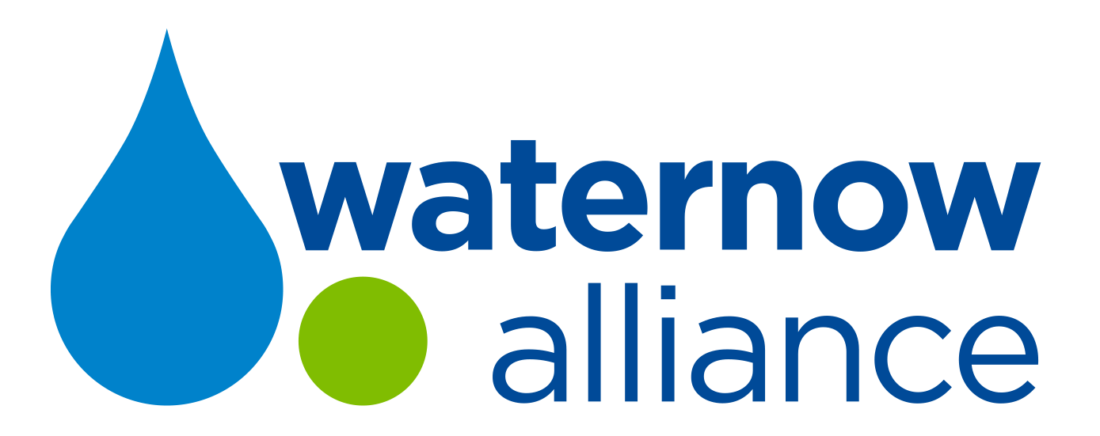Eugene, Oregon, with a population of approximately 168,000, is second largest city in Oregon and the seat of Lane County. Eugene is surrounded by foothills and forests to the south, east, and west. North is the broad Willamette Valley—consisting mostly of farmland. The Willamette and McKenzie Rivers and their tributary streams and creeks run through town.
Eugene’s urban stormwater runoff flows into these area streams and the city works to manage these flows to meet multiple objectives and reduce pollutants in compliance with its municipal separate storm sewer system (MS4) permit issued under the Clean Water Act. City leaders and staff established a comprehensive stormwater management program including city-wide green infrastructure solutions on public and private property. For the past two decades Eugene has worked to deploy these localized stormwater management strategies that are both effective at addressing water quality and flooding challenges and are affordable. The city’s choice to include city-wide, green infrastructure projects on both public and private properties has helped to meet stormwater program goals.
Eugene’s city-wide green infrastructure program has two main aspects: (1) projects on public property and (2) projects on private property. Projects on public property, which are identified in the city’s Stormwater Basin Master Plans for Eugene’s seven stormwater basin, are constructed by the Public Works Department or as privately engineered public improvements and are typically located in the public rights of way or on other publicly-owned spaces such as parks or city operations and maintenance sites. For example, the Willamette River Basin Master Plan’s “Vision for Green Infrastructure” includes projects specifically for that area such as the Polk Street water quality facility which provides treatment for a developed 800-acre area, and provides a contextual framework for implementing certain strategies city-wide such as minimizing future pollutants through onsite development standards. To date, Eugene has installed 363 public green infrastructure facilities.
Projects on private property are constructed by developers or Eugene residents and businesses on their own property. Pursuant to the city’s development standards, stormwater installations located on private property that are constructed as new development are built in Eugene. To date, Eugene has permitted 1,000 private green infrastructure facilities.
Eugene’s commitment to green infrastructure has benefited the City in many ways. Eugene’s stormwater management strategy has helped the city meet the requirements of its MS4 permit and improve water quality for Eugene’s many urban streams. The city’s program is also cost effective. When the city was in the process of establishing its stormwater development standards, the city undertook an analysis of the cost of treating stormwater runoff with a centralized system versus requiring developed properties to manage their stormwater onsite. The city found that distributed stormwater infrastructure was more cost-effective than a centralized strategy due to the added benefits of a decentralized approach. This was fundamentally why Eugene chose to implement green infrastructure as part of its overall stormwater management program. And the program supports local, green jobs. Eugene and local partners developed a stormwater maintenance training for landscape contractors, and in March 2018, the first training was held. Twenty-five local contractors attended the two-day training and passed an exam allowing them to be put on a list of trained maintenance contractors distributed to the public.
From Eugene, Oregon, to Spanish Fork, Utah, as part of WaterNow’s Tap into Resilience initiative, WaterNow has interviewed over a dozen city and utility leaders already tapping into localized water strategies for fast, affordable, and impactful solutions to their water challenges. More details on Eugene’s Tap into Resilience case study are available on WaterNow’s campaign website here. And we hope you will join us at our Tap into Resilience Summit in Philadelphia on April 15-16, 2020, to learn more about localized water solutions and connect with other water leaders from across the nation.



